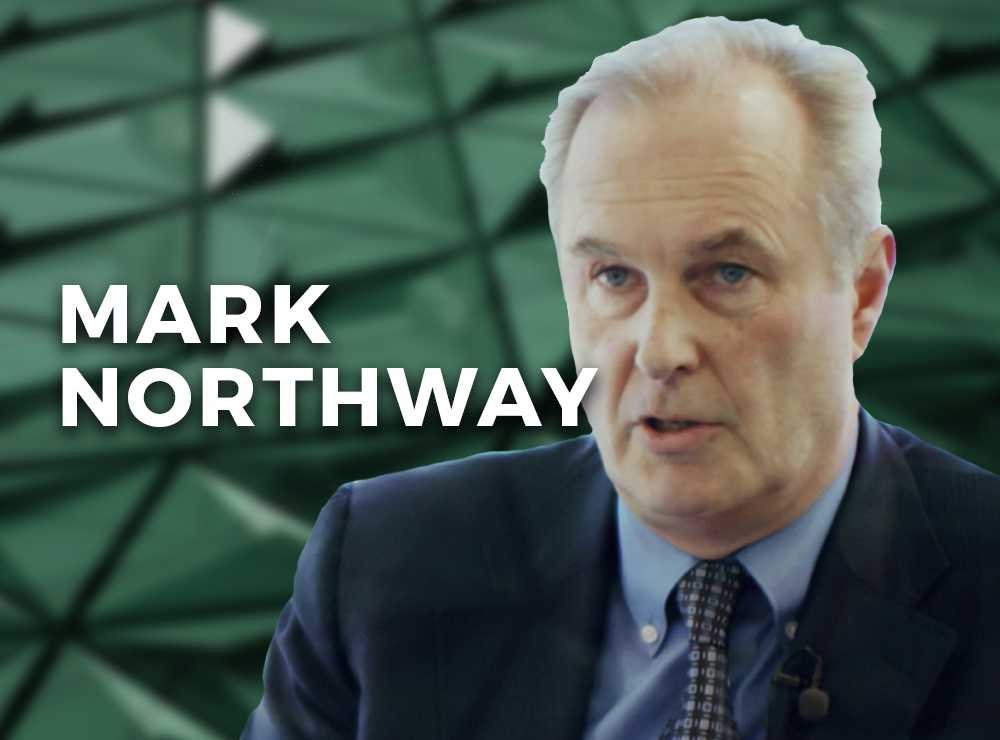
By MARK NORTHWAY
The issue of liquidity transformation in funds is not new. Open-ended property funds managed by Standard Life, Columbia Threadneedle, Janus Henderson, M&G and Aviva had to suspend withdrawals after a run on liquidity following the Brexit vote in 2016. More recently GAM suspended redemptions in its absolute return bond fund due to irregularities in the management of its liquidity risk.
At the heart of the matter is the fundamental concept of a fund providing daily prices for portfolios containing or comprising illiquid assets. In providing this service, the fund is effectively performing a liquidity transformation function for which it is not being remunerated. Worse, it is doing so without the benefit of the information and services available to market makers, which opens up the fund (and its investors) to arbitrage by technical trading houses.
There is, intuitively, a premium associated with illiquid assets and it is entirely valid for managers to look to access that premium and deliver it to end investors. What is dangerous is allowing a mismatch to develop between the liquidity of the investment portfolio and the liquidity offered by the fund wrapper. Providing daily liquidity across an illiquid portfolio introduces issues of valuation, of sequencing the sale process and of the fund becoming a forced seller of illiquid assets. Some will remember the collapse of the Structured Investment Vehicles (SIV) in the 2007/8 crisis. These failures were instrumental in the financial meltdown that followed, and their failure arose directly as a result of their role as a market liquidity transformation mechanism.
The FCA, in its recent consultation on illiquid assets, focused on the classification, labelling and liquidity rules of non-UCITS retail schemes (NURS) and Funds Investing in Illiquid Assets (FIIA). This work is certainly a step forward in improving client awareness, but it did not look at the issue of illiquid assets in UCITS funds, nor does it directly address the underlying issue of liquidity mismatch or the inappropriateness of open-ended funds as an investment vehicle for illiquid assets.
Fund managers should be required to adjust the notice period required for redemptions to be consistent, at all times, with the time required to dispose of a full vertical slice of their portfolio. In practice this would mean that a fund manager looking to put even a small amount of illiquid assets into an open-ended fund would need to extend the redemption notice period and advise investors of the change. This would provide transparency on the liquidity risks in the portfolio and would avoid the Woodford death spiral. However, this approach is inconsistent with the current UCITS rules.
The WEIF affair highlights inconsistencies in the UCITS rules. These rules have become more accommodative over the years, allowing long / short exposures (through exchange-traded derivatives), unlisted exposures, commodities, derivatives and holdings in third party funds. At some point additional flexibility on fund makeup reaches a point where it becomes incompatible with daily liquidity provision. This issue is the subject of a recent ESMA consultation paper (ESMA34-39-784) which explores liquidity stress testing within UCITS funds and AIFs.
A more prudent approach to accessing the illiquidity premium is to use a closed-end investment vehicle. This structure provides the manager with the benefit of permanent or long-term committed capital while listing the fund’s shares allows investors to enjoy liquidity, albeit at a premium or discount to NAV. Woodford has understood this, and has created the WPCT Investment Trust to house his illiquid, long-term plays, but he has persisted in maintaining sizeable unlisted holdings in the open-ended fund.
If appropriate vehicles exist for illiquid assets, why do managers persist in launching strategies within unsuitable wrappers? Because that is where the demand lies. It is far easier to distribute and grow a fund under the UCITS gold standard than to raise capital for a NURS, a FIIA or a closed-end vehicle. This is why managers insist on risking their reputations through liquidity mismatch, why unsafe vehicles such as open-ended real estate funds exist, and why overly self-confident managers work to circumvent the regulations to shoe-horn illiquid assets into liquid funds.
It is a fundamental error of judgement for which Woodford will pay dearly.
MARK NORTHWAY is Investment Manager at Sparrows Capital and Chairman of ShareSoc, the UK Individual Shareholders’ Society.
You can find more on Woodford Equity Income on TEBI right here:
What does the Woodford crisis mean for liquidity regulations?
Woodford shows we need more journalism like this
What Neil Woodford and Arsenal FC have in common
Neil Woodford, a lesson in humility










